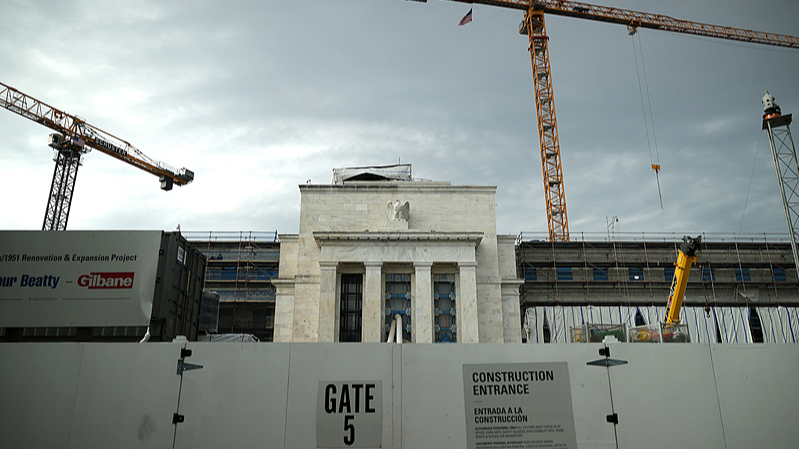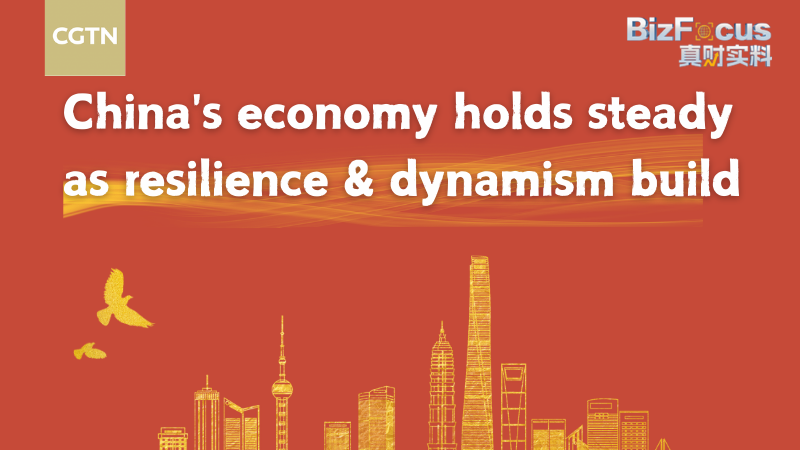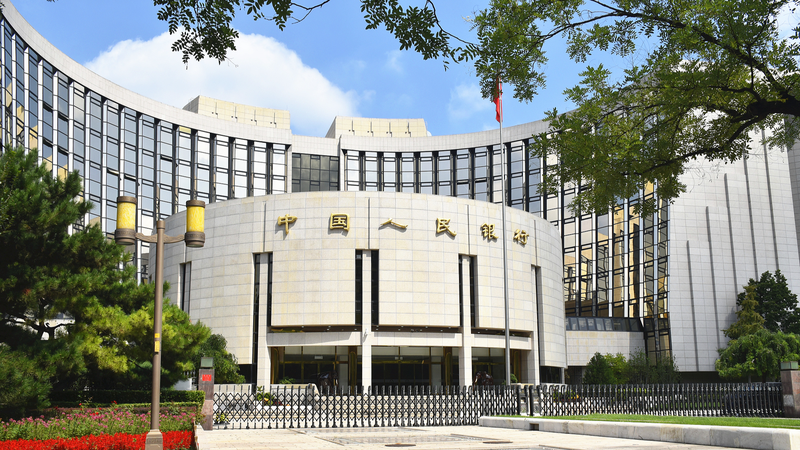Beyond the Politics: The Fed’s Double-Edged Autonomy
Since the push and pull with the Trump administration thrust the US Federal Reserve into headlines, its image as a neutral economic steward has faced fresh scrutiny. While the Fed pitches itself as standing above politics, a closer look shows a more complex reality.
Capital’s Influence: The Revolving Door
Despite formal autonomy from Congress and the White House, the Fed’s links to Wall Street run deep. Its 12 regional banks are set up as private corporations, with boards stacked with finance and industry leaders. Shareholders of these reserve banks include major Wall Street banks — weaving private interests into the Fed’s DNA.
Then there’s the “revolving door.” Fed chairs, governors and economists often move into high-paying roles at investment banks, hedge funds or consultancies. The cycle reverses too: Wall Street executives and academics, supported by capital funding, join the Fed’s leadership ranks. Over time, this creates a shared worldview where stabilizing markets means protecting the biggest players.
The 2008 Turning Point
When the 2008 finance crisis hit, the Fed unleashed trillions in emergency lending facilities, bought toxic assets and guaranteed bank liquidity. While these measures rescued the system, they disproportionately saved large institutions — many tied to Wall Street — while everyday Americans faced foreclosures and job losses.
Independence, but for Whom?
The Fed’s claim to independence is thus selective. Free from political meddling, it wields autonomy in service of capital stability. For young global citizens, entrepreneurs and changemakers, this raises a key question: Can an institution truly serve the broader public if its core governance is intertwined with the financial giants it’s meant to regulate?
As markets react to each rate decision and policy shift, the Fed’s real-world impact ripples around the globe. Understanding its hidden ties matters not just for economists, but for anyone watching how power and money shape our shared future.
Reference(s):
The facade of independence: Observing US Federal Reserve's autonomy
cgtn.com




